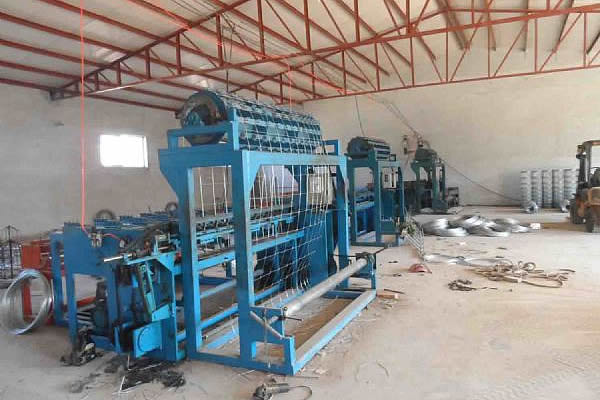 TEL:
+86-13102802206
TEL:
+86-13102802206
 Email:
fencenetting@china.com
Email:
fencenetting@china.com
 Language
Language
 TEL:
+86-13102802206
TEL:
+86-13102802206
 Email:
fencenetting@china.com
Email:
fencenetting@china.com
 Language
Language


A Barbed Wire Fence Symbol of Security and Division
A barbed wire fence, often seen stretched across fields or along borders, is more than just a physical barrier; it is a multifaceted symbol that evokes various emotions and thoughts. Born out of necessity in the 19th century, this ingenious invention has played a pivotal role in farming, military, and even social landscapes. Its sharp, twisted wire, designed to deter livestock and intruders alike, serves as both a practical solution for delineating property and a metaphor for division in society.
A Barbed Wire Fence Symbol of Security and Division
However, while barbed wire fences provide security and protection, they also serve as a reminder of the divisions that exist in our world. For example, these fences have been used not only in agricultural settings but also along borders between countries. Barbed wire fences symbolize political and social rifts, particularly in areas of conflict or restricted movement. Countries have erected these fences to control immigration, protect sovereignty, and insulate themselves from perceived threats. The sight of barbed wire often stirs feelings of apprehension and division, standing as a stark reminder of the barriers that separate people, cultures, and ideologies.

Moreover, barbed wire has been used in more sinister contexts, such as during wartime. The infamous barbed wire fencing of concentration camps during the Holocaust evokes horror and serves as a reminder of humanity's capacity for cruelty. In this context, the barbed wire transcends its original purpose, representing not just a physical barrier but also the harsh reality of confinement, dehumanization, and suffering. It forces us to confront uncomfortable truths about our past and the scars that remain in our collective memory.
In contemporary society, the conversation around barbed wire fences takes on new dimensions. Debates about immigration policies, national security, and human rights often intersect with the symbolism of these fences. As nations grapple with the complexities of globalization and movement, barbed wire serves as a physical and ideological representation of the tensions that exist. The use of barbed wire in modern contexts raises important questions What does it mean to build walls in a world that is becoming increasingly interconnected? How do we balance security with compassion and rights?
In conclusion, a barbed wire fence is much more than a simple barrier; it encapsulates a rich tapestry of meaning. From its practical origins in agriculture to its role in dividing nations and communities, it reflects both the ingenuity of human creativity and the complexities of our societal challenges. As we navigate an increasingly polarized world, the barbed wire fence remains a powerful symbol—a reminder of the boundaries we create, both physically and ideologically. It calls us to reflect on our values, the divisions we perpetuate, and what it truly means to build bridges in a world laden with barriers.